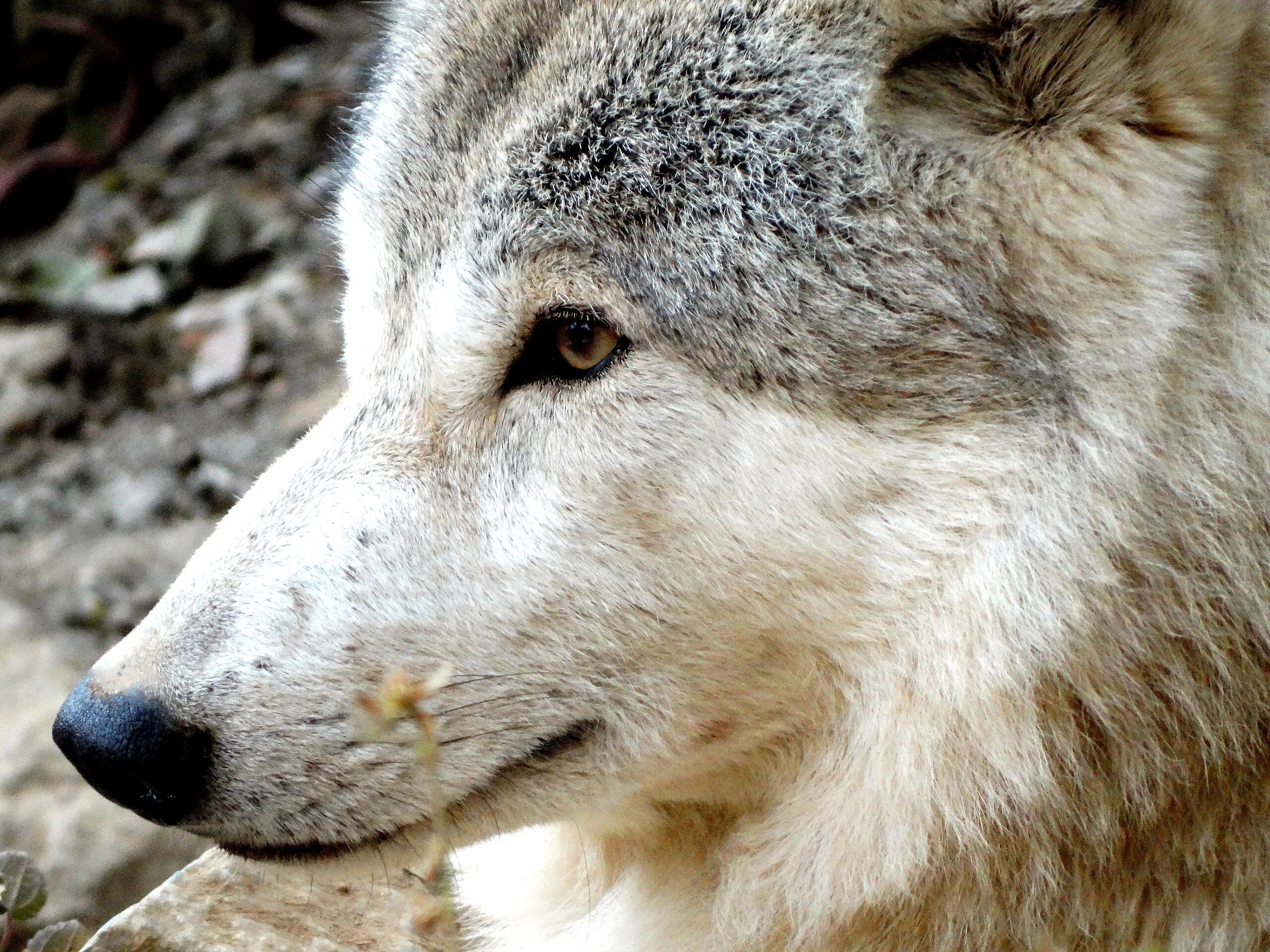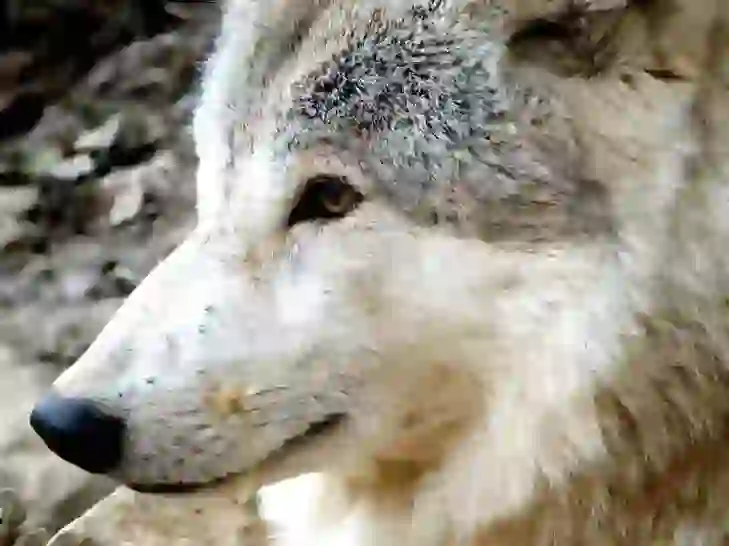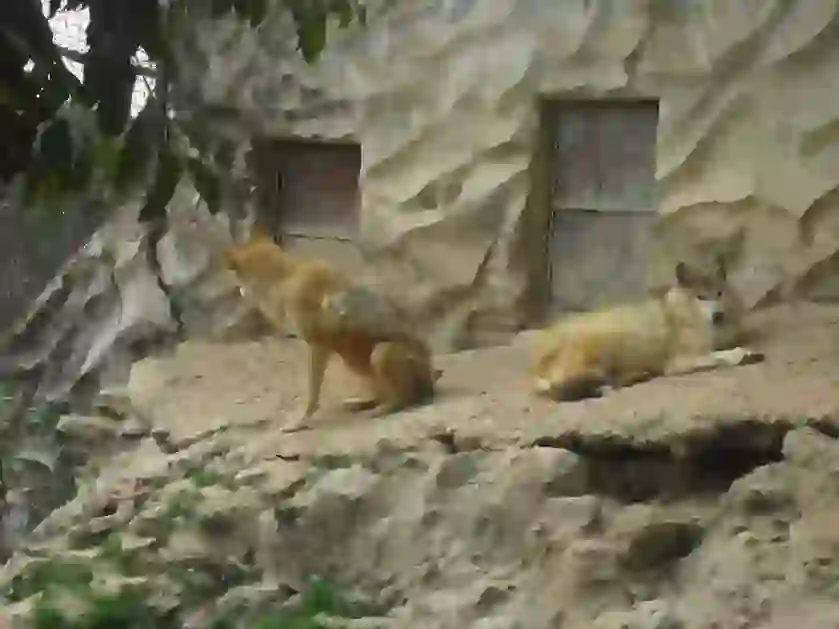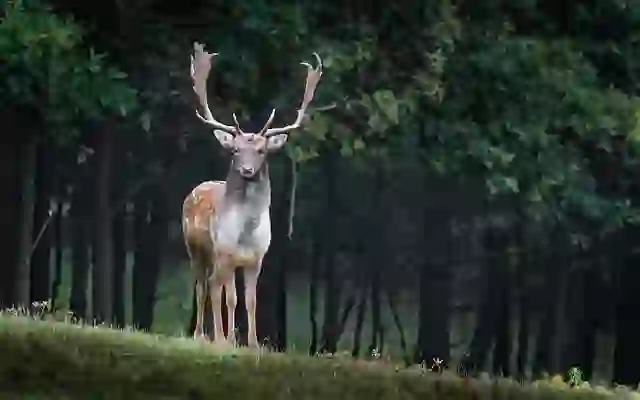
Tibetan Wolf
Tibetan Wolf
Tibetan Wolf
The Tibetan wolf lives in the Tibetan Plateau, one of the highest places on Earth, and its surrounding areas. Adapted to the harsh environment, these wolves are resilient hunters. Revered as sacred creatures by the Tibetan people, they also play a crucial role in the local ecosystem. Let's delve into the fascinating ecology of the Tibetan wolf and the environment they inhabit.
Tibetan Wolf Basic Infomation

| Property | Value |
|---|---|
| Scientific Name | Canis lupus filchneri |
| Taxonomic Status | ACCEPTED |
| Rank | SUBSPECIES |
| Kingdom | Animalia |
| Phylum | Chordata |
| Class | Mammalia |
| Order | Carnivora |
| Family | Canidae |
| Genus | Canis |
| Conservation Status | Least Concern |
| Species | Canis lupus |

Size
Adults stand about 26 to 32 inches (65 to 80 centimeters) tall at the shoulder and weigh about 66 to 99 pounds (30 to 45 kilograms). Males tend to be larger than females.

Lifespan
They live for 6 to 8 years in the wild, but they can live for over 10 years in captivity.
_cropped.webp?alt=media)
Distribution
They are found in the Tibetan Plateau and its surrounding areas, including western China, Nepal, and northern India. They inhabit mountainous and plateau regions at elevations between 9,800 to 16,400 feet (3,000 to 5,000 meters), characterized by thin air and cold temperatures.
Tibetan Wolf Q&A

What kind of wolf is the Tibetan wolf?
The Tibetan wolf is a subspecies of the gray wolf and lives on the Tibetan Plateau and surrounding areas. They have thick fur, with a mix of gray and brown, and are adapted to cold climates.
Their fur becomes even thicker in the winter, enabling them to survive even the most frigid conditions. Tibetan wolves are highly social animals, living and hunting in packs. They are also known for their intelligence and complex communication methods. They use howls, body language, and facial expressions to communicate with each other.

What do Tibetan wolves eat?
Tibetan wolves are carnivores, and their primary prey includes herbivores like wild yaks, Tibetan antelopes (chiru), and blue sheep (bharal).
They can take down prey much larger than themselves by hunting cooperatively in packs. They also eat rabbits, rodents, and birds, and may even consume fruits and berries on occasion. In winter, when food is scarce, they may scavenge on carrion.
_cropped.webp?alt=media)
What kind of lives do they lead?
Tibetan wolves live in packs, which are typically family units. Pack size is usually 5 to 10 individuals, but can sometimes exceed 20.
The pack is led by a dominant male and female, called the 'alpha pair'. The alpha pair breeds and produces offspring. Other pack members include the alpha pair's offspring, siblings, and individuals that have joined from other packs. Pack members cooperate with each other to hunt, raise their young, and defend their territory. They have large territories and roam within them to find food. Their territories can span hundreds of square kilometers.

[Quiz!] What is the Tibetan wolf's role in Tibetan Buddhism?
In Tibetan Buddhism, wolves are revered as sacred animals.
They are believed to be the familiars of female guardian deities called 'dakinis.' Dakinis are symbols of wisdom and power in Tibetan Buddhism, and wolves are also held in high esteem by the Tibetan people. Killing wolves is taboo in Tibet, and they have lived largely unharmed by humans. As a result, Tibetan wolves are less afraid of humans and may even approach human settlements.

[Quiz!] Do Tibetan wolves attack livestock?
Yes, Tibetan wolves sometimes attack livestock.
Especially in areas where wild prey is scarce, they rely on livestock as an important food source. This has led to conflict between humans and wolves in Tibet. To prevent livestock depredation, it is crucial to take measures such as reinforcing livestock enclosures to make them wolf-proof, confining livestock inside at night, and properly disposing of garbage to discourage wolves from approaching human settlements.

[Quiz!] Are Tibetan wolves endangered?
The Tibetan wolf is listed as 'Least Concern' on the IUCN (International Union for Conservation of Nature) Red List.
This means that they are not currently considered endangered. However, their numbers may be declining due to habitat loss, poaching, and killings to protect livestock. To protect Tibetan wolves, it is essential to conserve their habitat, prevent poaching, and promote coexistence with humans.

Would you like to become a part of the 'Animalbook.jp'?
Turn your knowledge into Q&A and share it with the world. ※Publication will be activated after purchase. Let's share information together!
Tibetan Wolf Type of List

Characteristics of Tibetan Wolves
- Subspecies of the gray wolf
- Found in the Tibetan Plateau and surrounding areas
- Thick, gray and brown coat
- Adapted to cold climates
- Medium-sized wolf
- Live in packs
- Mainly prey on yaks, wild deer, and rabbits
- Revered in Tibetan culture
Information
Congratulations! You are the first commenter!

Create Your Favorite List!
Tibetan Wolf
Save the animals you love! Build your own list to quickly revisit your favorites later.

Would you like to leave a comment?
※Please note: This is for the purchase of rights to post comments within the article.
Find Your Favorites!
Our shop offers a unique and attractive selection of goods themed around various animals.
Tibetan Wolf References
Tibetan Wolf Introduction of media used

Mrinmoy7, CC BY-SA 4.0, via Wikimedia Commons

Madhu Chetri, CC BY-SA 4.0, via Wikimedia Commons
_cropped.webp?alt=media)
Stanzinnamgail, CC BY-SA 4.0, via Wikimedia Commons

V sai harshita, CC BY-SA 4.0, via Wikimedia Commons

Help Enrich Our Animalbook.jp with Your Media!
We are constantly looking to expand and enrich our Animalbook.jp with amazing photos and videos of animals. If you have any media that you'd like to share, please contribute and help us showcase the beauty and diversity of the animal kingdom. Your submissions will be credited and featured in our encyclopedia, reaching a wide audience of animal lovers.


















